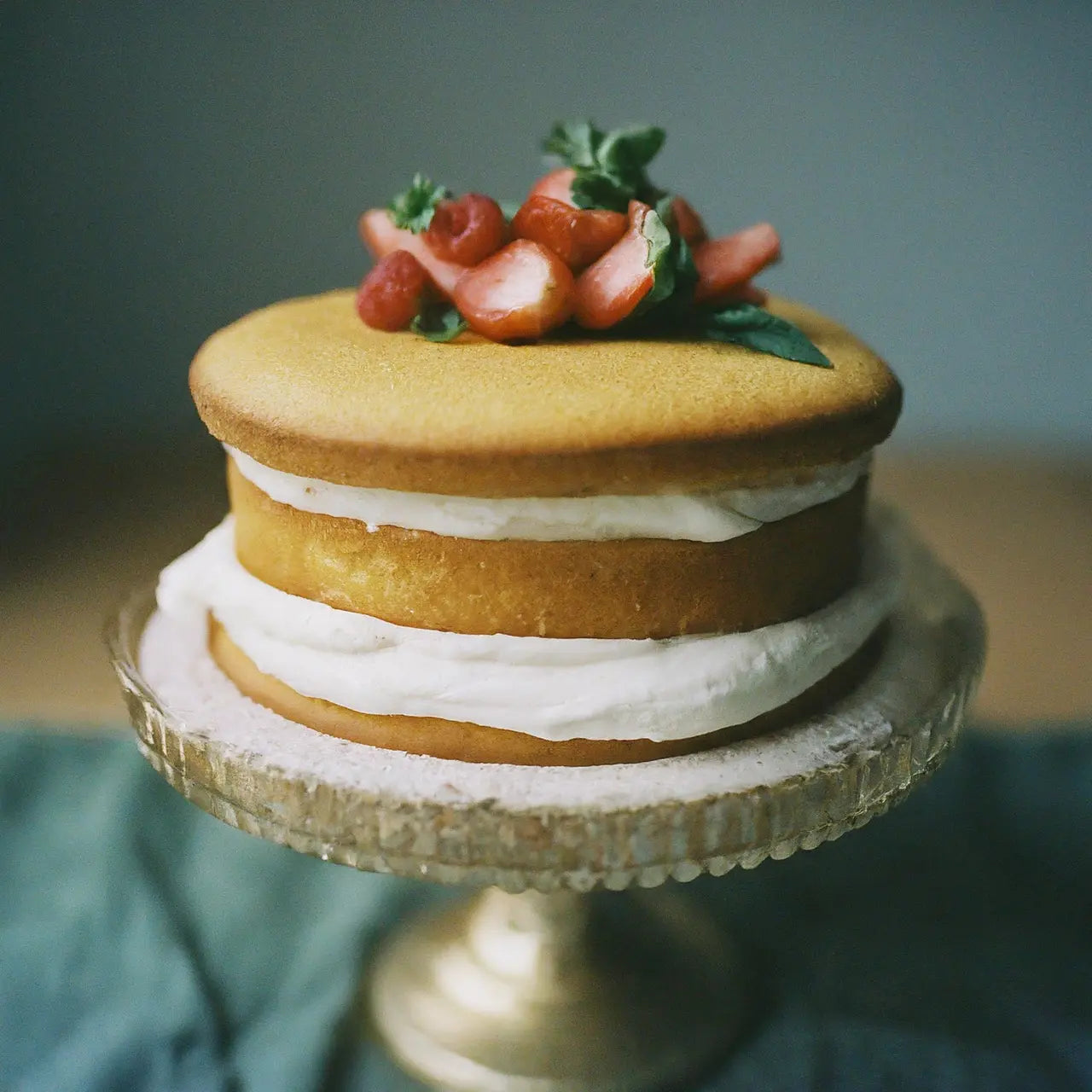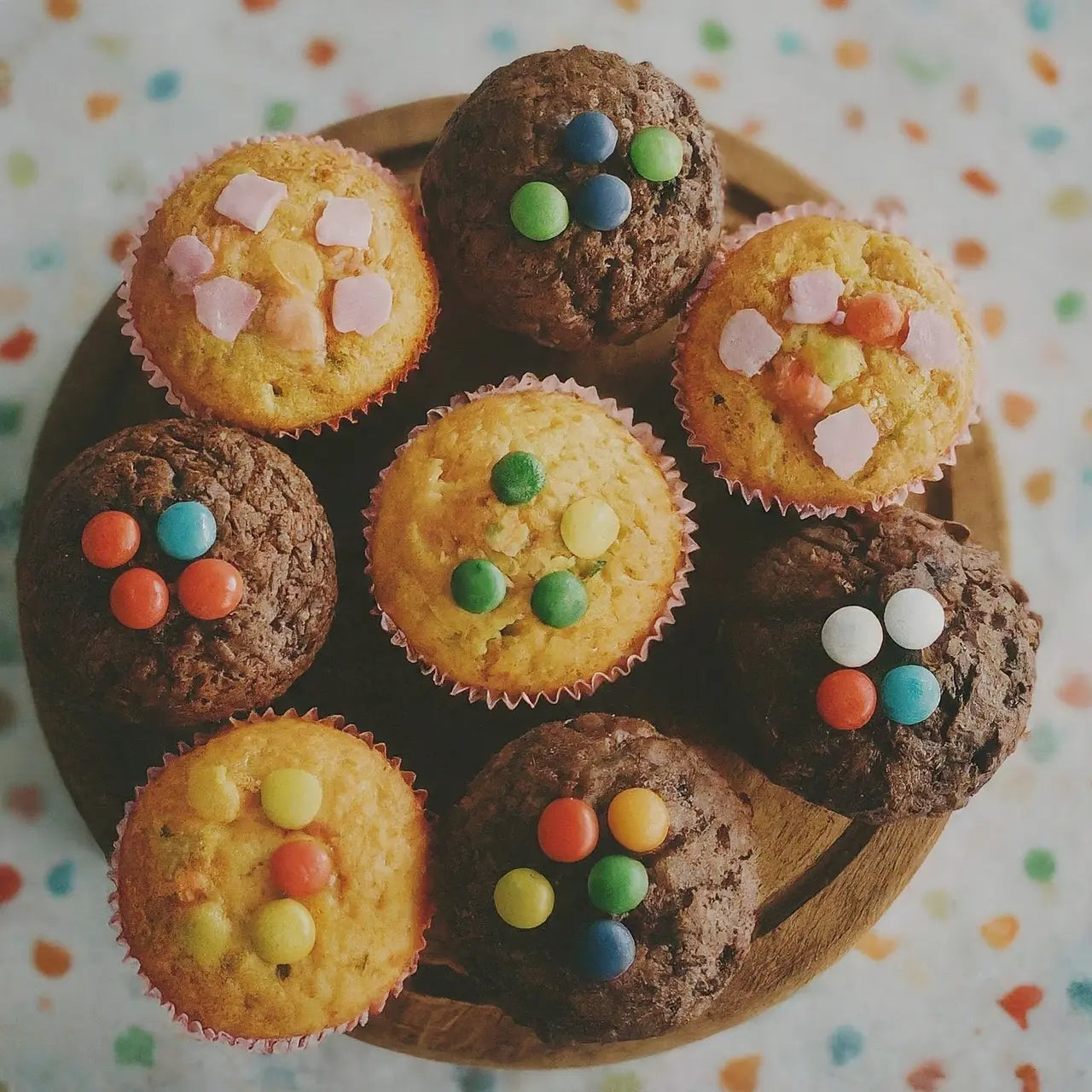The world of edible decorations opens up endless possibilities to take creative expression to a whole new level. But the key to the ultimate culinary masterpiece? Choosing the right edible paper . Immerse yourself with us in the fascinating world of edible paper and discover how you can turn your baking creations into works of art.
Introduction to Edible Paper: Types and Uses
Before you dive into the world of edible paper, it's important to understand the different types. Although all are edible, they vary in texture, strength and uses. From wafer paper, often used for religious purposes, to sugar and frosting papers for detailed photo printing on cakes, each material has its own specialty. This knowledge will enable you to choose the right edible paper for your culinary projects.
The use of edible paper is not just limited to the professional sector. Hobby bakers can also achieve impressive results with edible images and decorations. Proper storage of the paper plays an important role in maintaining its quality and printability for a long time. In low-humidity environments, the paper stays fresh and flexible for longer.
Factors for choosing the right edible paper
There are several factors to consider when choosing the right edible paper. In addition to the purpose of the paper, compatibility with your printer is also crucial. Inkjet printers require special edible ink and papers that match your machine. Also consider the desired surface finish and taste of the paper, as these aspects can affect the final product.
Proven brands and products at a glance
There are some reputable brands in the edible paper market that are known for their high-quality products. Brands like Kopykake, Wilton and Icing Images offer a wide range of edible papers suitable for a variety of projects. They are popular not only for their quality, but also for the variety of textures and flexibility you need for your creations.
In addition to the major brands, there are also niche suppliers that specialize in organic or allergen-free products. These brands can be a good alternative for those who have special dietary needs to consider. It is worth reading reviews and ordering small quantities to test before deciding on a brand.
Practical tips for handling edible paper
When working with edible paper, there are a few tricks that can improve the results of your work. For example, make sure your hands are dry so that moisture doesn't damage the paper. If you need to cut the edible paper, we recommend using sharp, clean scissors to ensure clean edges.
Applying edible paper to a cake or cupcake also requires a delicate touch. A thin layer of frosting or sugar can act as a glue and stabilize the paper. If the edible paper doesn't stick perfectly at first, don't worry - with a little patience, everything can be put in the right position.
Frequently asked questions (FAQ) about edible paper
A common question is whether edible paper has a flavor of its own. Most edible papers are flavorless, so they won't affect the taste of your baked goods. However, there are exceptions, especially with colored or flavored papers, which can be used to create an additional flavor effect.
Another concern is the shelf life of edible paper. Edible paper usually lasts for several months if stored correctly. It is important to protect the paper from moisture and store it in an airtight container in a cool, dry place.
Final thoughts on edible paper
Choosing the perfect edible paper may seem challenging at first, but it's a crucial step in bringing your baking and decorating projects to life. With the right knowledge and products, you can achieve impressive results that not only look amazing, but taste delicious too. Remember, each piece of edible paper is not just a canvas for your creativity, but also reflects an attention to detail and passion for baking.




